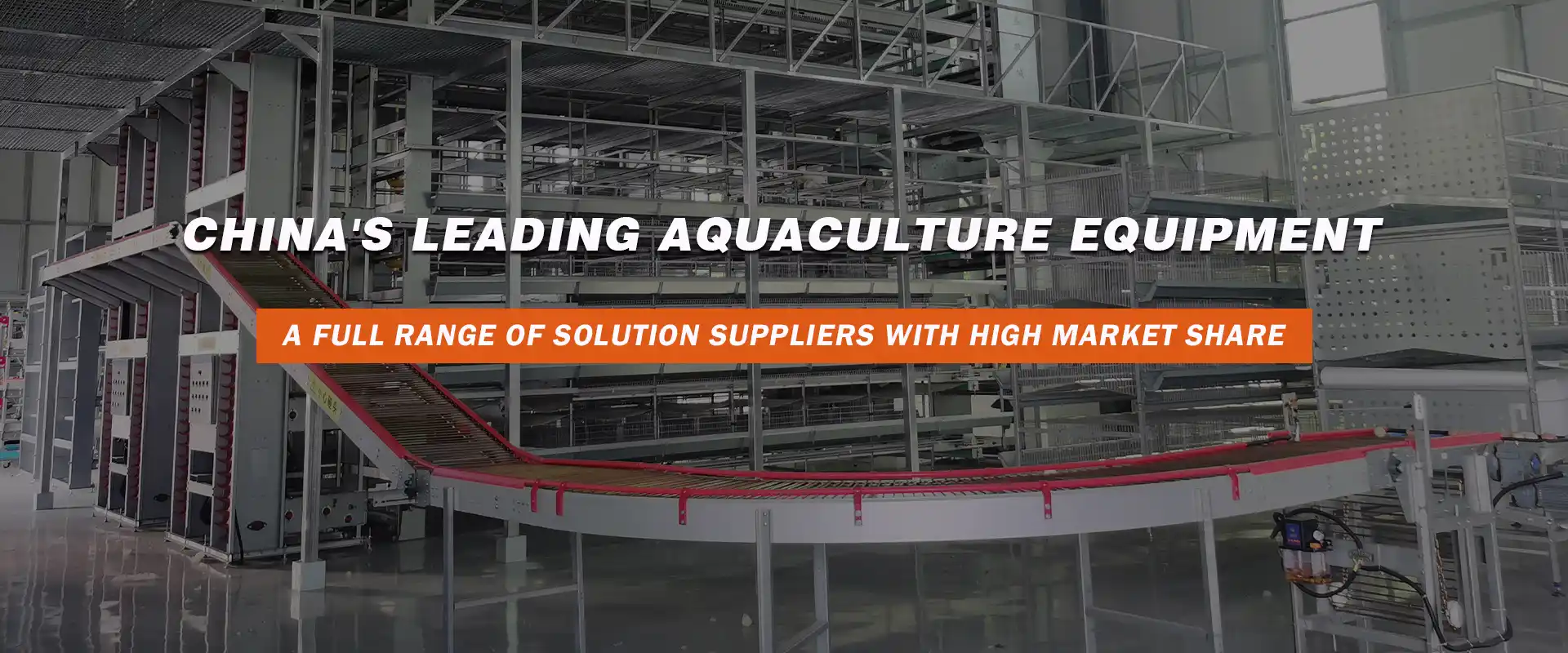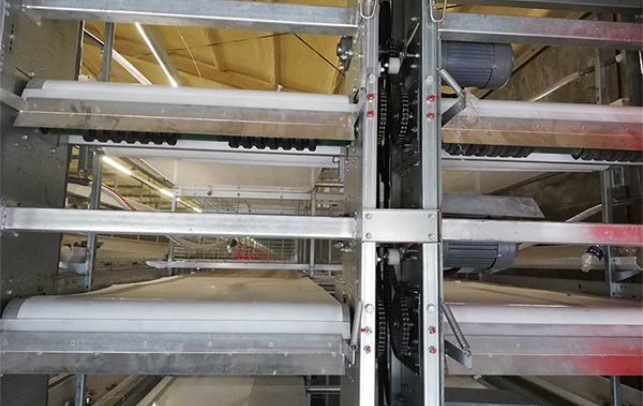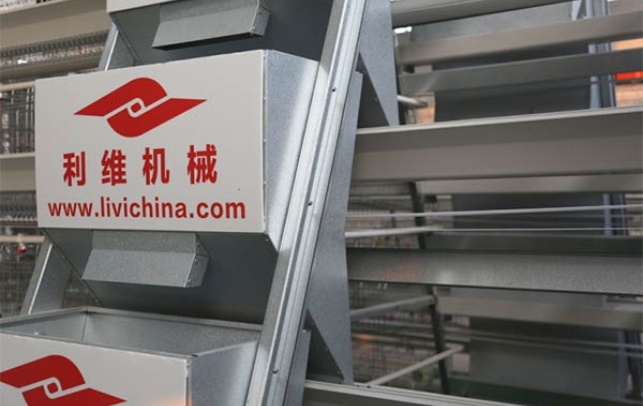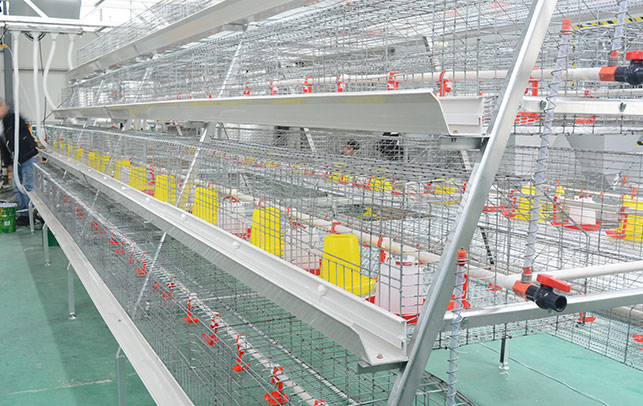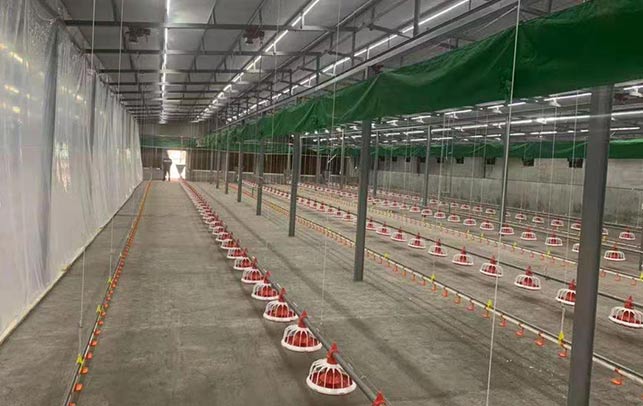Optimizing Poultry Farming in Zambia with Cages for 50,000 Birds
Time : 2025-03-25
Zambia, a landlocked country in Southern Africa, has a growing poultry industry. As the demand for poultry products increases, so does the need for efficient farming systems. One of the most crucial elements of any poultry farming setup is the use of cages. In this article, we will delve into the advantages of poultry farming cages in Zambia designed for housing up to 50,000 birds, providing insights into how these systems can enhance productivity, reduce costs, and ensure the welfare of the poultry population.
Introduction to Poultry Farming in Zambia
Zambia’s climate is generally warm, making it an ideal region for poultry farming. However, the success of the industry depends on various factors, including proper infrastructure, health management, and efficient feeding systems. One such factor is the use of poultry farming cages, which have become increasingly popular among farmers due to their numerous benefits.
Why Poultry Farming Cages for 50,000 Birds?
For a farm with a capacity of 50,000 birds, the implementation of a well-structured cage system is vital. These systems are designed to optimize space usage, promote good hygiene, and minimize the risk of diseases. Let’s explore some of the key advantages of using cages for this scale of poultry farming in Zambia.
1. Efficient Space Utilization
Traditional free-range poultry farming methods are not always feasible in Zambia due to the country’s dense population and the risk of disease outbreaks. Poultry farming cages allow for efficient use of space, accommodating up to 50,000 birds without overcrowding. This ensures that each bird has enough room to move and access feed and water, which contributes to better growth and egg production rates.
2. Enhanced Hygiene and Biosecurity
One of the major challenges in poultry farming is maintaining hygiene and biosecurity. Poultry farming cages provide a controlled environment where farmers can manage feed and water intake, reduce dust, and minimize the spread of diseases. By segregating the birds, the risk of disease outbreaks is significantly reduced, thereby ensuring the long-term sustainability of the farm.
3. Improved Egg Production and Quality
High-density cages for poultry are designed to facilitate the collection of eggs. With a structured cage system, eggs are less likely to become soiled and are easier to collect, which leads to an increased production rate and improved egg quality. The controlled environment of the cages also promotes a consistent laying cycle, ensuring a reliable supply of eggs throughout the year.
4. Reduced Labor Costs
Automated poultry farming cages can significantly reduce labor costs. With automated systems, farmers can spend less time on manual feeding, watering, and egg collection. The ability to monitor bird health and productivity through the use of modern technology allows for more efficient management of the farm, leading to better overall profitability.
Choosing the Right Poultry Farming Cages for 50,000 Birds in Zambia
Selecting the right type of poultry farming cages for a farm housing 50,000 birds requires careful consideration. Here are some factors to consider when making this decision:
1. Size and Capacity
The cages should be spacious enough to accommodate the number of birds without overcrowding. It’s essential to choose cages that provide enough room for the birds to stretch and turn around comfortably.
2. Material and Durability
The cages should be made of high-quality, durable materials that can withstand the test of time. This ensures that the cages will not easily rust, warp, or break, reducing the need for frequent repairs.
3. Access for Maintenance and Cleaning
The design of the cages should facilitate easy access for cleaning, feeding, and health monitoring. Cages with adjustable levels or removable trays make maintenance more efficient and reduce the risk of disease transmission.
Conclusion
Poultry farming cages are an essential component of a successful poultry operation in Zambia, particularly for farms with a capacity of 50,000 birds. These systems offer numerous benefits, including efficient space utilization, enhanced hygiene, improved egg production, and reduced labor costs. By choosing the right type of cages and maintaining them properly, farmers can maximize the potential of their poultry business, ensuring a sustainable and profitable venture.
Additional Resources
For more information on poultry farming cages in Zambia and the latest trends in the industry, visit the following resources:




